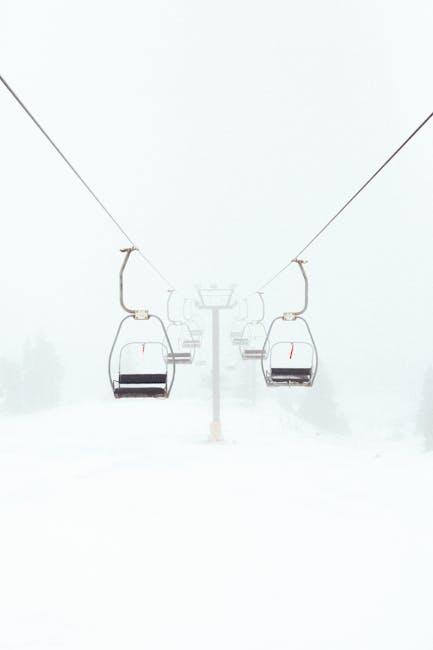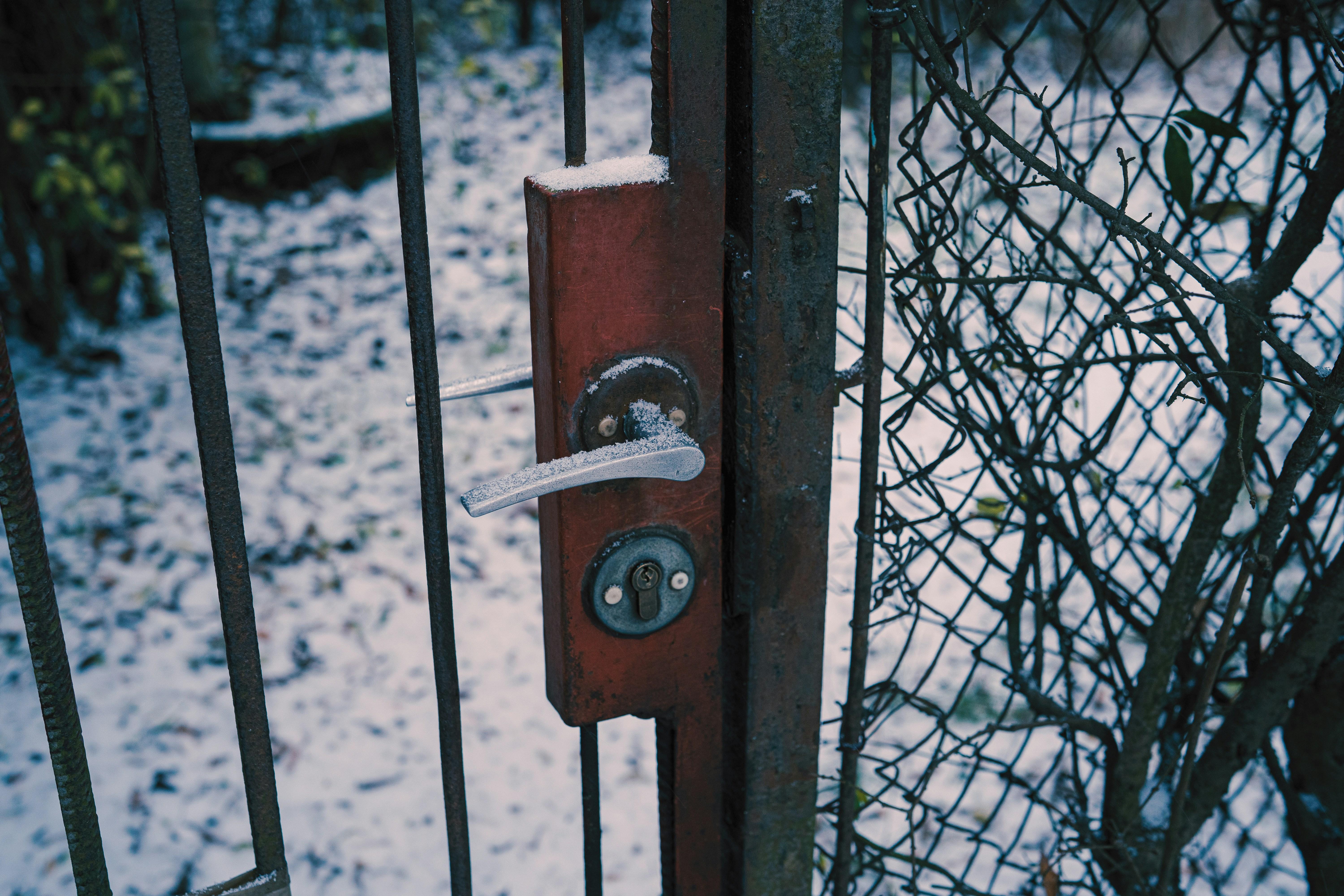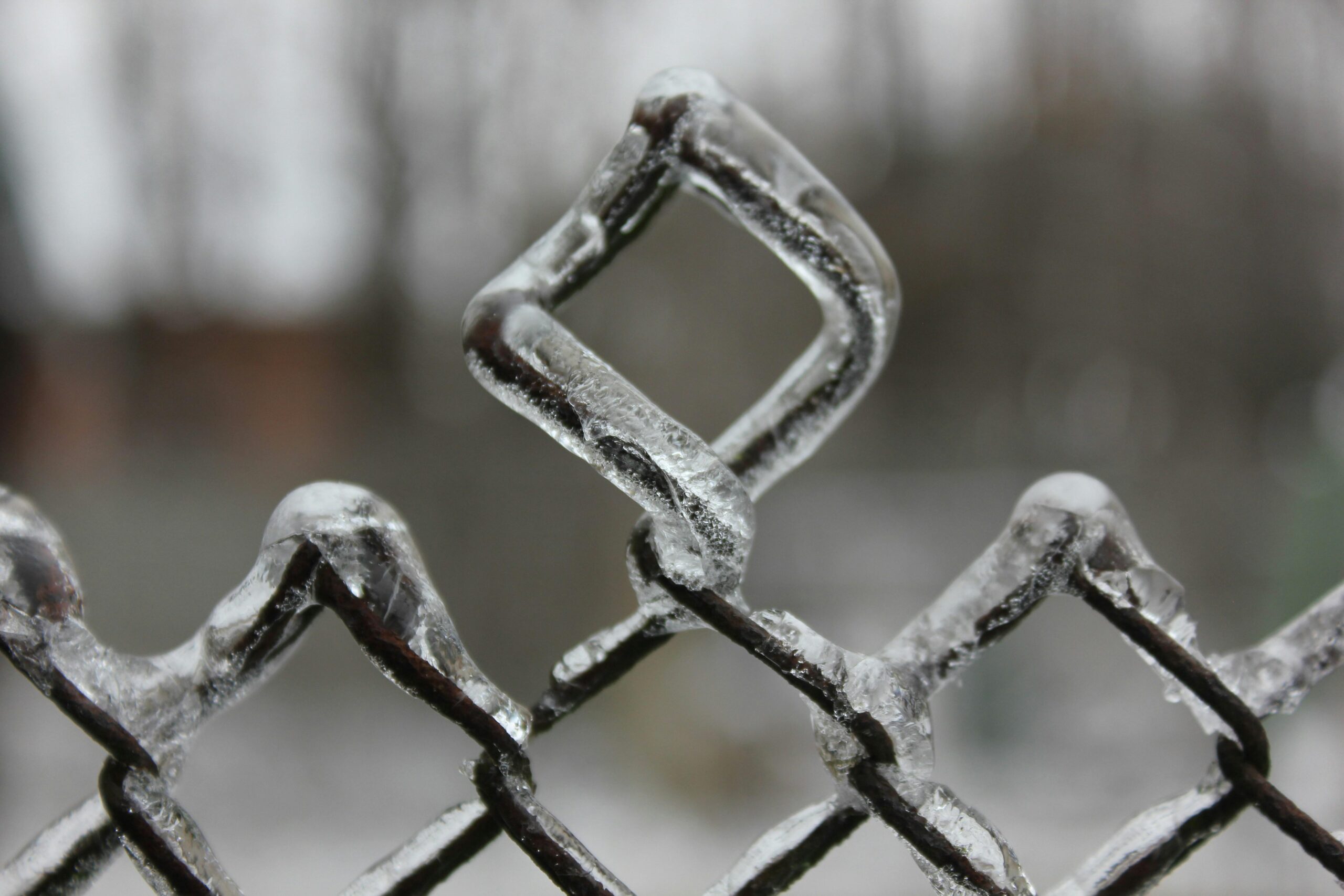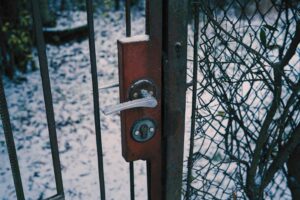As winter’s chill settles in, the quiet snap of frost creeping over windshields and door handles often signals more than just a drop in temperature-it can herald the frustration of a lock that simply refuses to budge. Cold weather lock fails are a common yet perplexing glitch that many encounter during the colder months, turning routine moments into unexpected challenges. But what exactly causes these locks to falter when the mercury dips? Beneath the icy surface lies a blend of physical and material factors that conspire to freeze our access in its tracks. This article delves into the science behind cold weather lock failures, shedding light on why locks struggle when temperatures plunge and offering insight into how to prevent being locked out when winter strikes.
Table of Contents
- Understanding the Impact of Cold Temperatures on Lock Mechanisms
- Common Causes Behind Lock Failures in Freezing Conditions
- Materials and Design Flaws That Exacerbate Cold Weather Lock Issues
- Preventative Measures to Protect Your Locks During Winter
- Expert Tips for Maintaining and Troubleshooting Locks in Cold Environments
- Q&A
- Wrapping Up

Understanding the Impact of Cold Temperatures on Lock Mechanisms
When temperatures plunge, lock mechanisms encounter unique challenges that can hinder their performance. Cold weather causes the metal components inside locks to contract, making moving parts less flexible and more prone to sticking. Additionally, moisture trapped within the lock can freeze, creating ice that physically blocks the internal mechanism from operating smoothly. This sometimes results in the frustrating experience of a key that won’t turn or a lock that feels jammed solid. Understanding these effects can help homeowners take proactive measures to protect their locks during freezing conditions.
Several factors contribute to lock failures in cold weather, including:
- Metal contraction: Shrinking parts reduce tolerances and alignment.
- Frozen lubricants: Some oils thicken or solidify, impeding movement.
- Ice buildup: Water freezing inside cylinders blocks internal components.
| Cold Weather Issue | Effect on Lock | Suggested Prevention |
|---|---|---|
| Metal Contraction | Reduced tolerance causes sticking | Use cold-resistant lock designs |
| Frozen Lubricants | Impaired pin and cylinder movement | Apply graphite or silicone lubricants |
| Ice Buildup | Obstructed lock binding | Keep lock dry and consider covers |

Common Causes Behind Lock Failures in Freezing Conditions
When temperatures dip below freezing, the simplest lock can become a stubborn roadblock. One of the primary culprits is moisture accumulation, which seeps into the lock mechanism and freezes solid. This ice acts like a barrier, preventing the lock from turning smoothly. Additionally, the lubricant inside locks, essential for fluid motion, can thicken or harden in the cold, causing internal components to stick or grind. Over time, this can even lead to permanent damage if the lock is forced.
Another lesser-known factor is the contracting of metal parts due to intense cold. Metals shrink slightly in freezing temperatures, which can misalign the intricate components inside a lock. This misalignment often results in keys not fitting or turning properly. Below is a quick reference table outlining how different issues affect lock performance in cold weather:
| Cause | Effect | Suggested Action |
|---|---|---|
| Ice Buildup | Lock jams, key won’t turn | Apply gentle heat or de-icer spray |
| Thickened Lubricant | Internal sticking | Use cold-weather lubricant |
| Metal Contraction | Misalignment, key won’t fit | Warm lock gently before use |

Materials and Design Flaws That Exacerbate Cold Weather Lock Issues
One of the primary culprits behind lock malfunctions in freezing conditions is the choice of materials. Traditional metals, especially those with high thermal conductivity like steel and aluminum, contract and expand sharply in response to temperature fluctuations. This shrinkage sometimes causes internal components to misalign or jam, while moisture trapped inside can freeze and solidify, preventing smooth movement. In contrast, locks made from composite materials or treated with low-friction coatings tend to resist these effects better by minimizing metal-on-metal contact and reducing corrosion risks.
Design oversights also play a pivotal role in exacerbating cold-weather issues. Locks with tight tolerances and minimal clearances, though excellent for security, often leave no room for ice expansion, leading to complete freezing of mechanisms. Additionally, several common design flaws include:
- Inadequate drainage, which allows water to accumulate and freeze inside.
- Exposed keyways that collect snow and ice debris.
- Lack of weather seals, letting cold air and moisture infiltrate the internal workings.
| Material | Cold Resistance | Common Issues |
|---|---|---|
| Steel | Moderate | Contracts sharply, prone to ice buildup |
| Brass | Higher | Better corrosion resistance but can still freeze |
| Composite Polymers | Best | Minimize freezing, low friction |

Preventative Measures to Protect Your Locks During Winter
To keep your locks functioning smoothly during the harsh winter months, consider routine maintenance that wards off freezing and mechanical failure. Regularly applying a silicone-based lubricant can prevent moisture from settling inside the mechanism and crystallizing. Avoid using oil-based lubricants as they tend to attract dirt and grime, causing more harm than good. Additionally, always keep your locks clean and dry. Gently wipe down locks if exposed to snow or rain and cover outdoor locks with waterproof covers to shield them from moisture and cold air.
Simple habits can dramatically reduce lock failures when temperatures drop. Here are some easy preventative tactics you can implement:
- Install wind guards or storm doors on exterior entryways
- Use a portable lock de-icer spray before freezing nights
- Replace worn or damaged weatherstripping around doors
- Keep keys warm (inside pockets) before use to reduce thermal shock
| Measure | Benefit |
|---|---|
| Silicone Lubrication | Prevents freezing inside the lock |
| Waterproof Covers | Blocks moisture accumulation |
| De-icer Sprays | Quickly frees frozen locks |
| Weatherstripping | Keeps cold drafts away |

Expert Tips for Maintaining and Troubleshooting Locks in Cold Environments
Cold temperatures can cause locks to seize up unexpectedly, often due to moisture freezing inside the mechanism. To keep your locks functional, it’s crucial to apply a silicone-based lubricant rather than oil-based ones which can thicken or freeze. Before winter hits hard, spray the lubricant generously on the bolt, pins, and keyhole to form a protective barrier against moisture infiltration. Also, consider using lock covers or weatherproof caps for exposed outdoor locks to reduce direct contact with snow and ice.
If a lock does freeze, resist the urge to force the key, as this can cause irreparable damage. Instead, warm the key gently with a lighter (without overheating) or use a portable heat pack near the lock to melt the ice inside. Follow these tips to reduce wear and tear:
- Use de-icer sprays designed specifically for frozen locks.
- Keep keys dry before use to prevent transferring moisture inside.
- Regularly inspect and clean locks in late autumn to avoid debris buildup.
- Store spare keys in a warm, dry place for emergencies.
| Common Issue | Cause | Quick Fix |
|---|---|---|
| Frozen Bolt | Ice formation inside the lock cylinder | Apply heat carefully or use lock de-icer spray |
| Stiff Turning | Thickened lubricant or frost buildup | Switch to silicone lube, clean and dry lock |
| Key Sticks | Moisture on key or internal pins freezing | Warm key and use silicone lubricant |
Q&A
Q&A: Cold Weather Lock Fails – What Causes Them?
Q1: Why do locks often fail when the weather turns cold?
A1: Cold weather can cause locks to freeze or become stiff because moisture inside the mechanism turns to ice. This ice restricts the movement of the lock’s components, making it difficult or impossible to turn the key or open the door.
Q2: Is moisture really the main culprit behind frozen locks?
A2: Yes, moisture trapped inside the lock mechanism is the primary cause. It can come from humidity in the air, rain, snow, or even condensation. When temperatures drop, this moisture freezes, blocking the lock’s internal parts from moving smoothly.
Q3: Can the type of lock impact its vulnerability to cold weather failure?
A3: Absolutely. Older locks and those with exposed keyholes are more prone to freezing. Modern weather-resistant locks often have design features or protective coatings that reduce moisture infiltration and improve cold-weather performance.
Q4: Does using oil or lubricant help prevent cold weather lock fails?
A4: Properly applied lubricants, such as graphite or silicone-based sprays, can help keep the lock mechanism moving freely and repel moisture. However, using oil-based lubricants can attract dust and grime, potentially worsening the problem over time.
Q5: Are there any quick fixes if my lock freezes on a cold day?
A5: Yes! You can try warming the key with your hands or a small flame (carefully) before inserting it, or use a lock de-icer spray designed to melt ice inside locks. Applying heat directly to the lock with a hairdryer is another safe option, if available.
Q6: How can I prevent lock failure during winter?
A6: Prevention includes regularly lubricating your locks with the right products, covering exposed locks with weatherproof covers, and minimizing moisture exposure. Avoid slamming doors or forcing keys to reduce mechanical wear and tear that could exacerbate cold-weather issues.
Q7: Can temperature fluctuations cause locks to fail too?
A7: Yes, rapid temperature changes can cause metal components to expand and contract, potentially misaligning or stressing the mechanism. Combined with moisture, this can increase the likelihood of lock failure during cold snaps.
Q8: Should I call a locksmith if my lock fails in freezing weather?
A8: If basic warming or de-icer steps don’t work, or if the lock feels permanently damaged, it’s wise to call a professional. Attempting to force a frozen lock can cause breakage and lead to more costly repairs.
Cold weather lock fails are a common seasonal nuisance, but understanding the causes and taking simple preventive measures can keep your locks turning smoothly-even when the mercury drops.
Wrapping Up
As winter’s chill settles in, the frustration of a stubborn lock can quickly turn a simple outing into a frosty ordeal. Understanding the hidden causes behind cold weather lock fails-from frozen mechanisms to moisture buildup-empowers us to tackle these icy obstacles with confidence. By preparing ahead and knowing what triggers these mechanical hiccups, we can keep our doors secure and our spirits warmer, no matter how low the temperature drops. After all, a little knowledge is the best shield against winter’s lockout.





